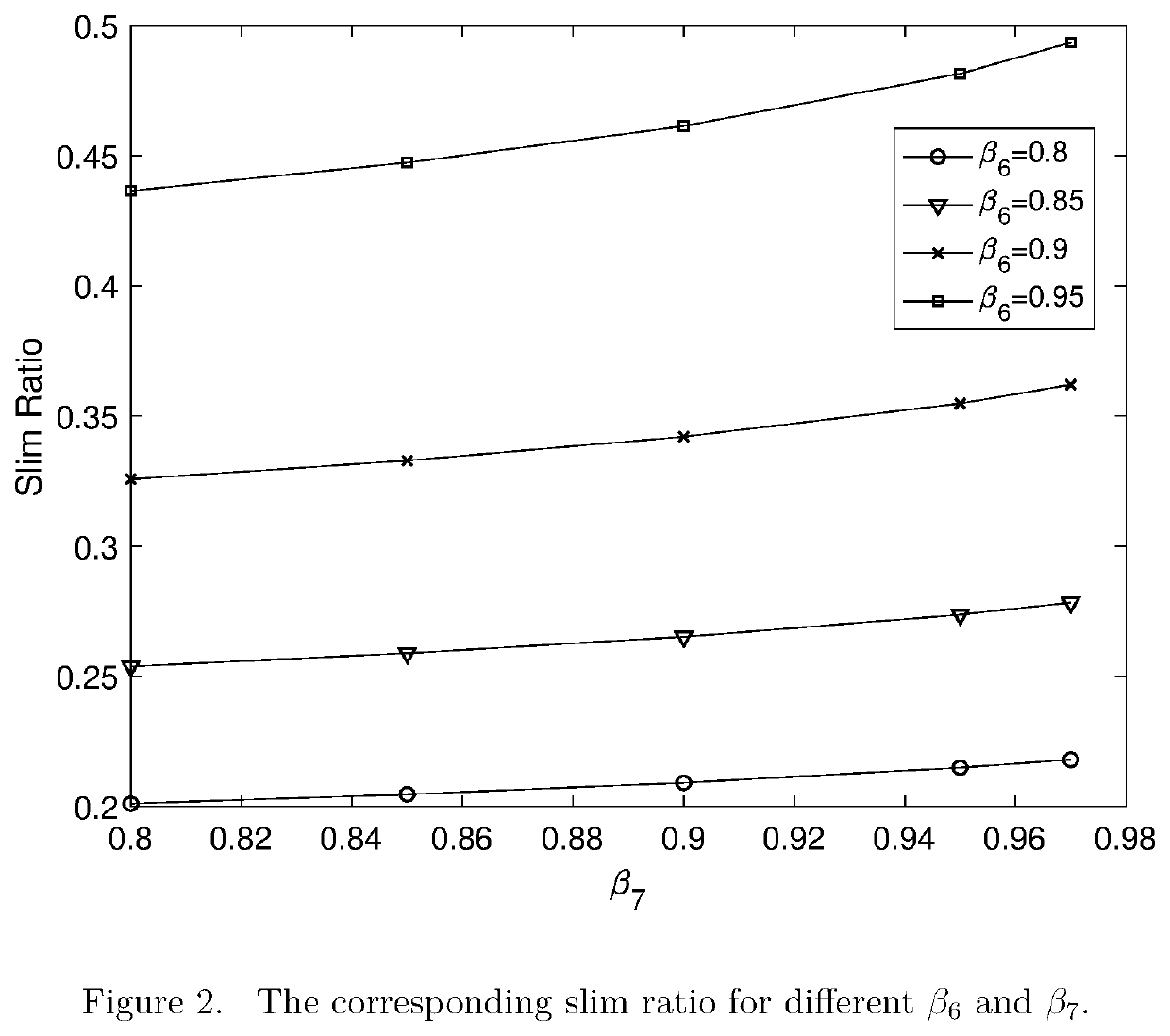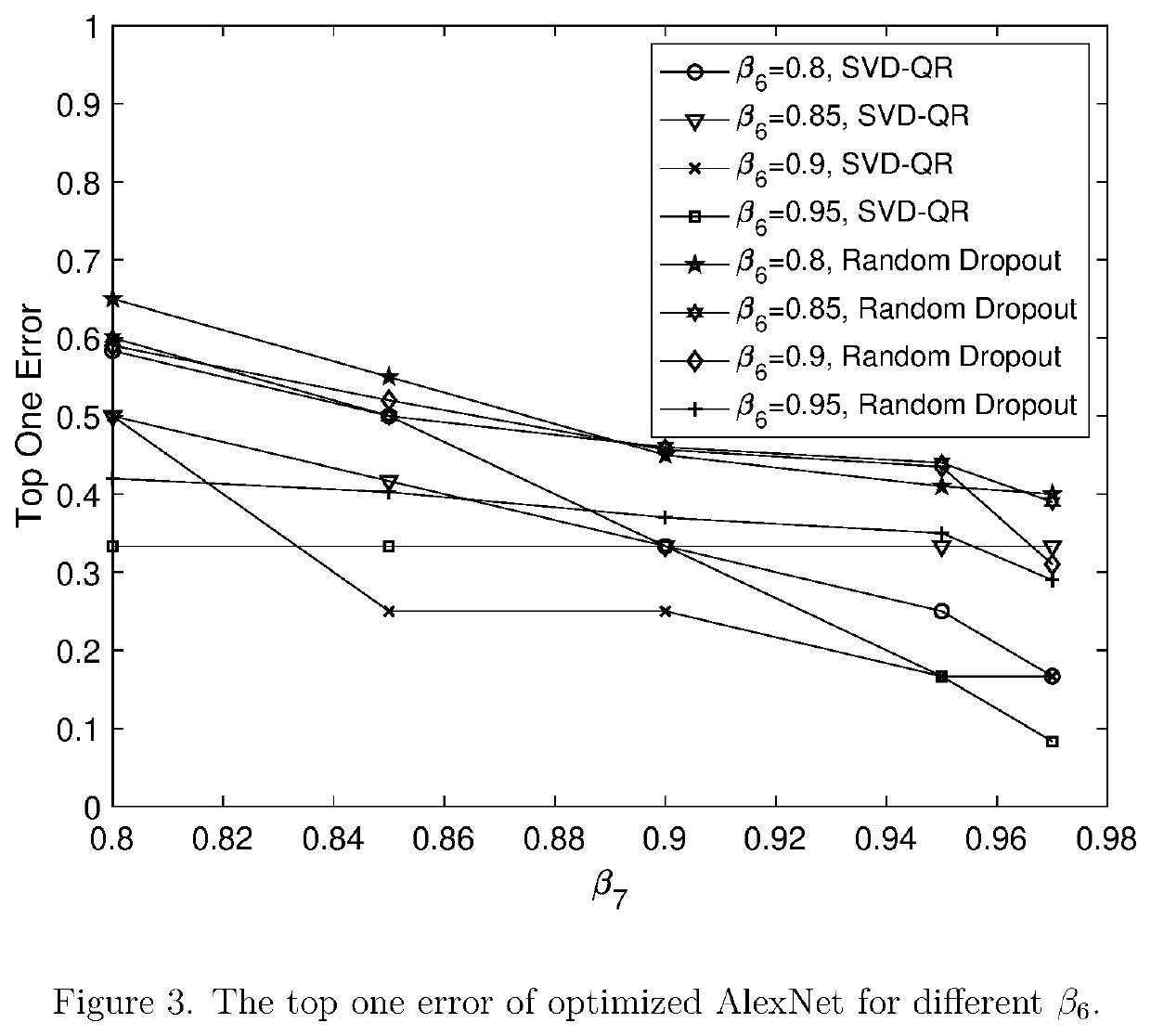Method for Design and Optimization of Convolutional Neural Networks
a neural network and convolutional neural network technology, applied in the field of artificial intelligence, can solve the problems of high implementation cost, slow computational speed, and 5 to 6 days, and achieve the effect of improving the efficiency of computational processing
- Summary
- Abstract
- Description
- Claims
- Application Information
AI Technical Summary
Benefits of technology
Problems solved by technology
Method used
Image
Examples
Embodiment Construction
[0047]Based on the statistical analysis of weights in FC layers in [18], the weights follow colored Gaussian distribution. In this invention, we try to optimize deep CNN to make it slim via reducing its number of weights in FC layers, from W to Ŵ (with less number of columns). For the benefit of making analysis of optimization process, we can think of removed columns have weights all 0's, so matrix W and Ŵ can have the same size. From this sense, our optimization is very similar to drop out in CNN training. However, this is only for the convenience of analysis, and the removed columns will be deleted in the real computation.
[0048]We would like to make general analysis on the weights, and each column in W is samples of Gaussian random variable wi, so W is samples of colored zero-mean Gaussian random vector, w=[w1, w2, . . . , wn], and its covariance matrix
K=E{wt·w} (1)
where E{·} stands for mathematical expectation. Similarly, Ŵ is samples of random vector ŵ=[ŵ1,ŵ2, . . . , ŵn]. Let'...
PUM
 Login to View More
Login to View More Abstract
Description
Claims
Application Information
 Login to View More
Login to View More - R&D
- Intellectual Property
- Life Sciences
- Materials
- Tech Scout
- Unparalleled Data Quality
- Higher Quality Content
- 60% Fewer Hallucinations
Browse by: Latest US Patents, China's latest patents, Technical Efficacy Thesaurus, Application Domain, Technology Topic, Popular Technical Reports.
© 2025 PatSnap. All rights reserved.Legal|Privacy policy|Modern Slavery Act Transparency Statement|Sitemap|About US| Contact US: help@patsnap.com



